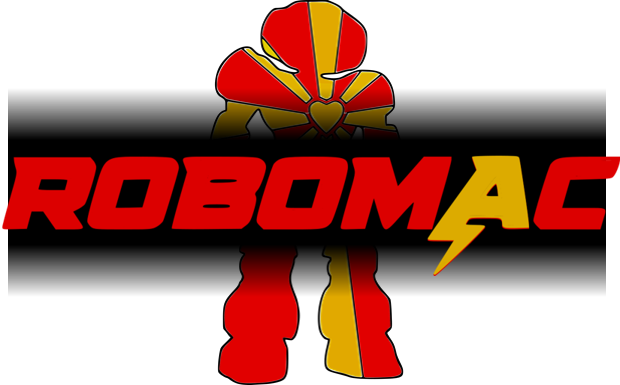Objective: The objective of this category is to first determine the inverse
kinematics of a robotic manipulator with 6 degrees of freedom (6-DOF) so that its gripper can be positioned at a desired position given by (X, Y, Z) coordinates. The attached Raspberry Pi camera above the gripper of the robotic manipulator is then used to obtain an image of the object on which the gripper itself is placed. Using image processing tools, it is necessary to determine its shape and/or color. After determining the shape and color of the object, it should be picked up with the help of the gripper and perform a certain
task. The coordinates (location) of the objects are known in advance to the participants, the only thing that is not known is the type (shape/color) of the object that will be placed at that location.
Programming: Python
Difficulty level: Advanced
Number of team members: 2–3 competitors
Objective: Each team receives an identical Jetbot robotic car equipped with an advanced Nvidia microcomputer, a graphics processing unit, and a wide-angle camera enabling machine vision. The teams’ task is to train the car to drive autonomously using modern artificial intelligence techniques such as neural networks and machine learning.The robots compete in speed and precision on a track with clearly defined edges and a surface marked in gray. The winning team is the one whose robot completes X full laps the fastest and most successfully. If a robot veers off the track with both wheels, the team is required to manually return the robot to a position designated by the referee, after which it may continue the race.The race is supervised by referees, and a special photo-finish system precisely measures the time for each competing robot, ensuring accuracy and fairness in determining the best team.
Software: JupyterLab, Python, PyTorch, Ubuntu Linux
Difficulty: Advanced
Team members per team: 2–3 competitors
Objective: AI Football is a video game in which two football teams participate, each consisting of 3 individual players. The goal of the video game is for each team to score as many goals as possible within two halves. Each half lasts 45 seconds, and each player can
take on the role of attacker or goalkeeper at any time. The task in this category is for each participating team to write a program that autonomously controls the three football players in the video game. The control of each player is carried out by changing their
direction and movement speed. At any moment, the program can decide whether the player will dribble the ball or shoot it. The team that scores the most goals is the winner. Each football player will have different physical attributes such as: mass, size, acceleration,
speed, and shot power. The teams must create a program that independently decides the playing strategy for each player based on their physical attributes. The program should be implemented in Python programming language. Participants may use auxiliary libraries to develop different control algorithms.
Required qualifications for applicants/participants: Programming (Python, NumPy,
SciPy), general knowledge of kinematics and working with vectors, general knowledge
of Artificial Intelligence.
Number of participants in a team: 2-3 competitors
Objective: Hardware-software co-design for detecting a misaligned element. This category is about building a system that can spot one item that’s placed at a different angle compared to a bunch of identical ones. The “odd one out” will be positioned differently, and the system will detect that difference. Once it’s found, the system will show all the elements on a TFT display, highlighting the one that’s placed differently. It’ll also display the exact angle it’s tilted at. The system architecture is based on the following components: Arduino Uno, servo motor, ultrasound sensor and TFT display.
Skills: Arduino programming, basic electronics and soldering
Difficulty: Advanced
Number of team members: 2–3 competitors
Objective: In a time when technology is omnipresent in human life, the need for interaction with it is continuously increasing. For us humans, the most natural way to communicate with robots and artificial intelligence is through speech. In this category, participants are tasked with developing a voice command system for the JetBot mobile robot in the Macedonian language. The task is challenging from several perspectives: they need to create a speech recognition model for Macedonian from scratch and train it to work with
different voices, in various acoustic environments, and under conditions of noise and disturbance.
Software: Anaconda, Spyder, Python
Libraries: NumPy, SciPy, Librosa, Keras
Programming Language: Python
Difficulty: Advanced
Number of team members: 2–3 competitors
